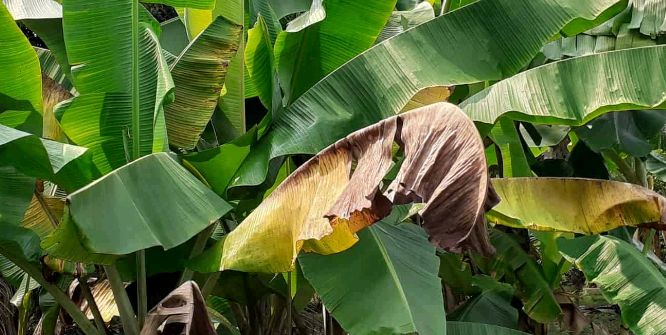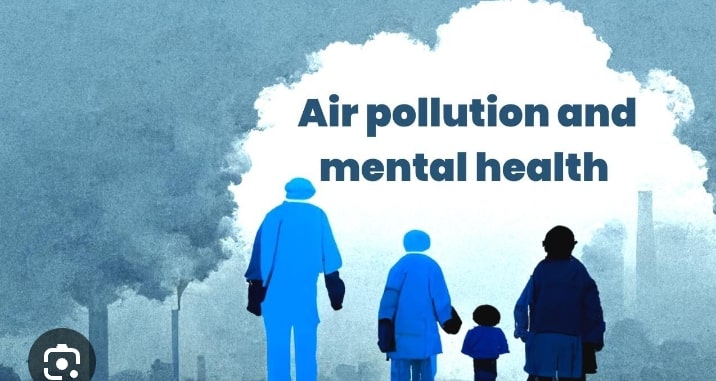Nervous System of Education on Health Questions and Answers.
Nervous System of Education on Health Questions and Answers.
1. At synapses the space between pre and post synaptic neurone is known as?
A. Synaptic knobs
B. Synaptic cleft
C. Synaptic vesicles
D. Schwan cells
An. B.Synaptic cleft
2. Gradually increasing pain, weakness and numbness in the hand or wrist that radiates up the arm suggest?
A. Amyotrophic lateral sclerosis
B. Carpal tunnel syndrome
C. Bell’s palsy
D. Dystonia
An. Carpal tunnel syndrome
3. Huntington’s disease is a heritable disorder that involves?
A. Sudden paralysis
B. Chorea, loss of cognitive abilities and emotional disturbances.
C. Repetitive actions
D. Inability to recognize faces
An. Chorea, loss of cognitive abilities and emotional disturbances.
This disease is a brain disorder that affect the cells of the brain. It affects the functioning of both the body and the brain. It is a contingent disorder mostly caused by a single dominant gene in the genotype of both males and females.
4. Symptoms ot parkinson’s disease include all the following except?
A. Tremors of the hands, arms, legs, jaw and face
B. Stiff limbs
C. Bradykinesia and impaired balance
D. Impaired cognition
An. Impaired
cognition.
The four symptoms of parkinson’s disease include;
*Tremor
*Rigidity
* Slowness of movement
* Postural instability.
5. Difficult speaking and understanding speech is termed as ?
A. Apnea
B. Ataxia
C. Aphasia
D. Dyslexia
An. C. Aphasia
Aphasia is not a disease but a a symptom of a neurological disorder such as stoke, brain tumor or head injury. It affects the creation and interpretation of language.
6. Amyloid plaques and neurofibrillary angles are the hallmarks of
A. Alzheimer’s diseases
B.Amyotrophic lateral sclerosis
C. Ataxia
D. Autism
An. A.Alzheimer’s diseases
7. Narcolepsy is a disorder characterized by ?
A. Narcotic abuse
B. Grand mal seizures
C. Reliance on soporific drugs
D. Inability to regulate sleep-wake
An. D.Inability to regulate sleep-wake
8. The structure by which the anterior horns of the left and right lateral ventricles of the brain are separated is known as?
A. Node of ranvier
B.septum pellucidum
C. Cerebellum
D. Spinal cord
An. B.septum pellucidum
9. A severe form of epilepsy that appears during the first year pf life is called?
A. Dandy-walker syndrome
B. Devic’s syndrome
C. Dravet syndrome
D. Fabry disease
An. C. Dravet syndrome
Dravet syndrome which was formally known as severe myoclonic epilepsy of infancy (SMEI)
Is treated anticonvulsant medication. It normally appears around six month of age.
Nervous System of Education on Health Questions and Answers.
10. Lack of ceramide trihexosidase, also known as alpha-galactoside-A causes?
A. Fahr’s syndrome
B. Fabry disease
C. Fisher syndrome
D. Gaucher’s disease
An..A. Fabry disease
It is real genetic disease caused by alpha-galactoside-A
The disease affects many parts of the body such as the eyes, brain, nervous system, heart, kidney, gastrointestinal system and the skin.
11. What is the function of arachnoid villi?
A. To reduce pressure on the central nervous system
B. To increase the pressure on the central nervous system
C. Controls visual acuity
D. Helps in sphincter control.
An. To reduce pressure on the central nervous system.
This pressure reduction occurs especially in areas like; upper spine, brain stem etc.
12. The treatment for epilepsy to eliminate or simply reduce the frequency of seizures involves all the following except?
A.Cognitive-behavioural therapy
B. Narrow-spectrum and broad-spectrum antiepileptic drugs
C. Vagus-nerve stimulation
D. Surgery
An.A.Cognitive-behavioural therapy.
Children and adolescents with epilepsy have behavioral and emotional problems connected with stigmatization. However, Cognitive-behavioural therapy is not a cure for epilepsy but to strengthen the emotions of the victim. Epilepsy is treated with antiepileptic drugs.
13. Brain stem is formed by all the following except?
A. Midbrain
B. Cerebellum
C. Pons
D. Medulla oblongata
An. B. Cerebellum
The brain stem is made up of three main structures, the midbrain, pons and medulla oblongata.
14. The fluid which act as a cushion for the brain and spinal cord is ?
A. Bile
B. CSF
C. Plasma
D. Peritoneal fluid
An. B. CSF ( cerebrospinal fluid)
This fluid serves as shock absorber for brain and the spinal cord. It is a clear colourless fluid which is found in areas of the brain and the spinal cord. It serves as a mechanical barrier against all forms of shock and also serves as a lubricant for the surrounding bones.
15. The structure by which two hemispheres of the brain are connected together is known as?
A. Septum pellucidum
B. Arachnoid villi
C. Corpus callosum
D. Convolutions
An. C. Corpus callosum.
16. Primary motor cortex is found in which part of the brain?
A. Frontal lobe
B. Parietal lobe
C. Temporal lope
D. Occipital lobe
An. A.Frontal lobe
17. The somatosensory area of the cerebral cortex is found in ?
A. Frontal lobe
B. Occipital lobe
C. Parietal lobe
D. Temporal lobe
An. C. Parietal lobe
18. What is the name of the largest part of the brain?
A. Cerebrum
B. Medulla oblongata
C. Pons
D. All of the above
Nervous System of Education depor. Questions and Answers.
Read also on
http://educationalhealthynews.com/opinions/human-anatomy-and-physiology-past-examination-questions-and/
http://educationalhealthynews.com/opinions/https-educationalhealthynews-com-opinions-frequently-asked-examination-questions-and-answers-for-all-nurses/
An. Provide your answer in the comment section below.
For more information Read here






